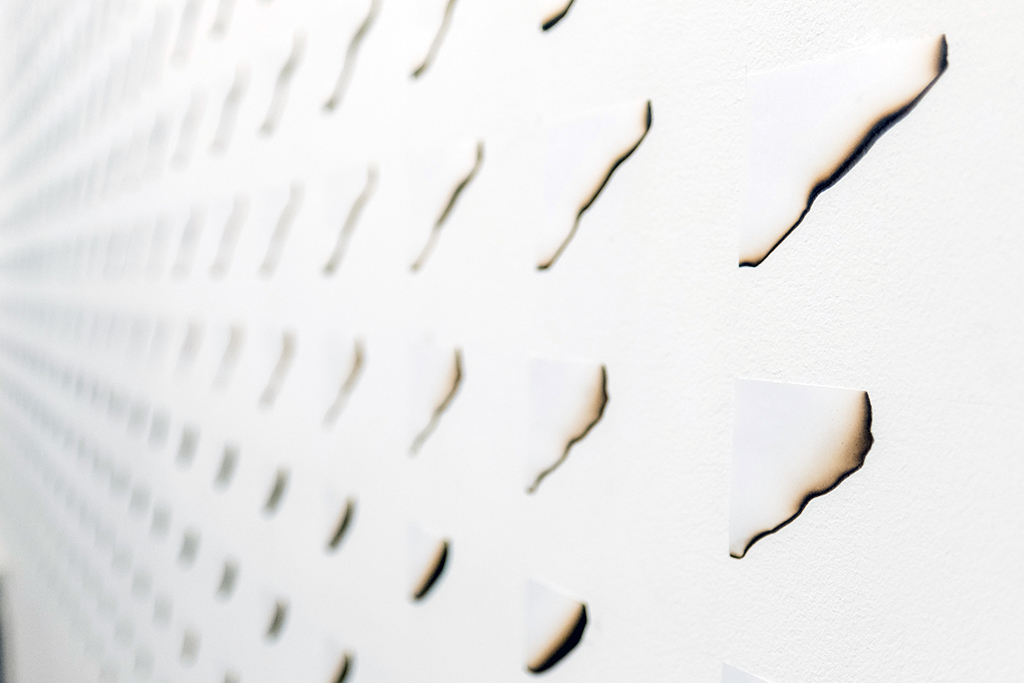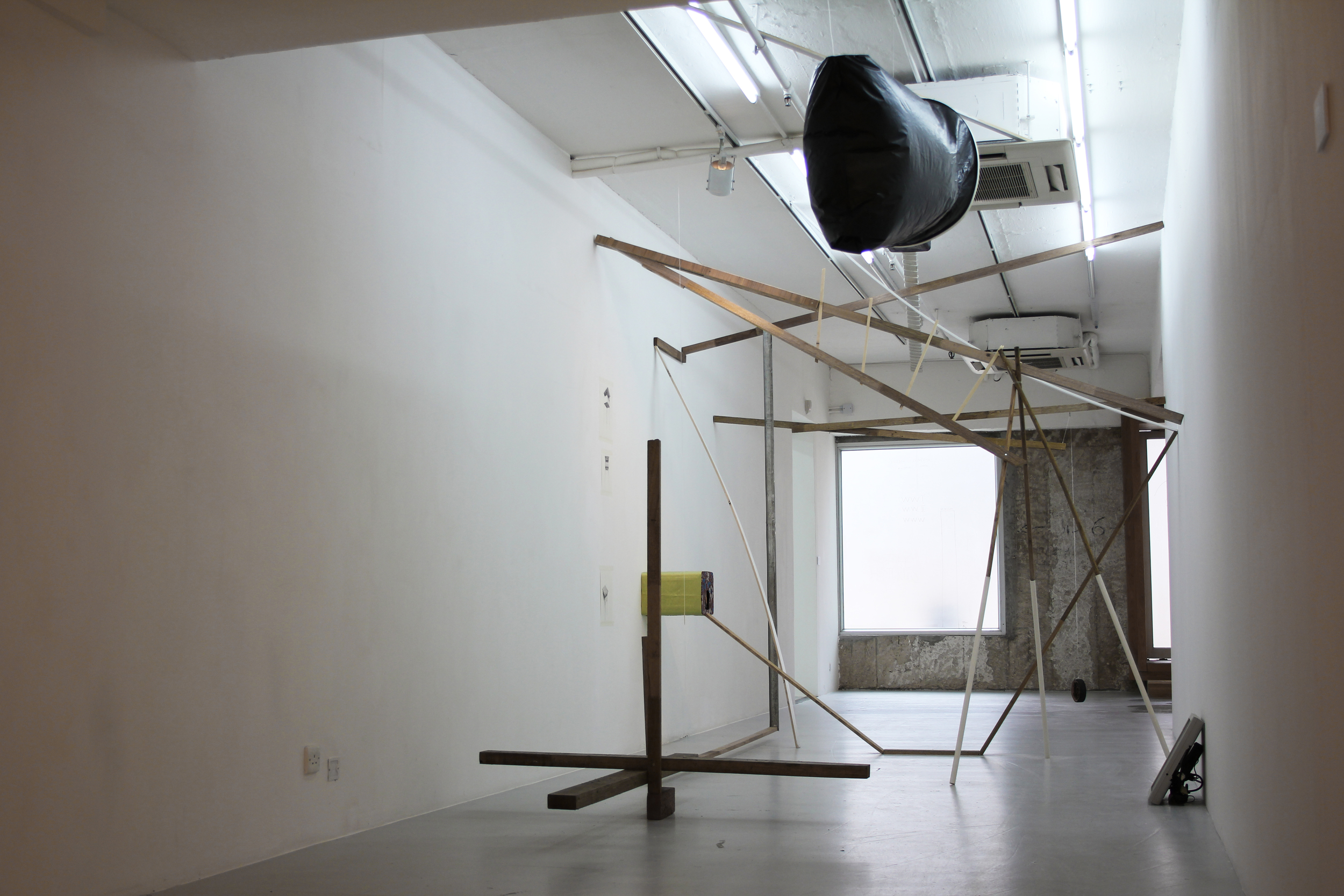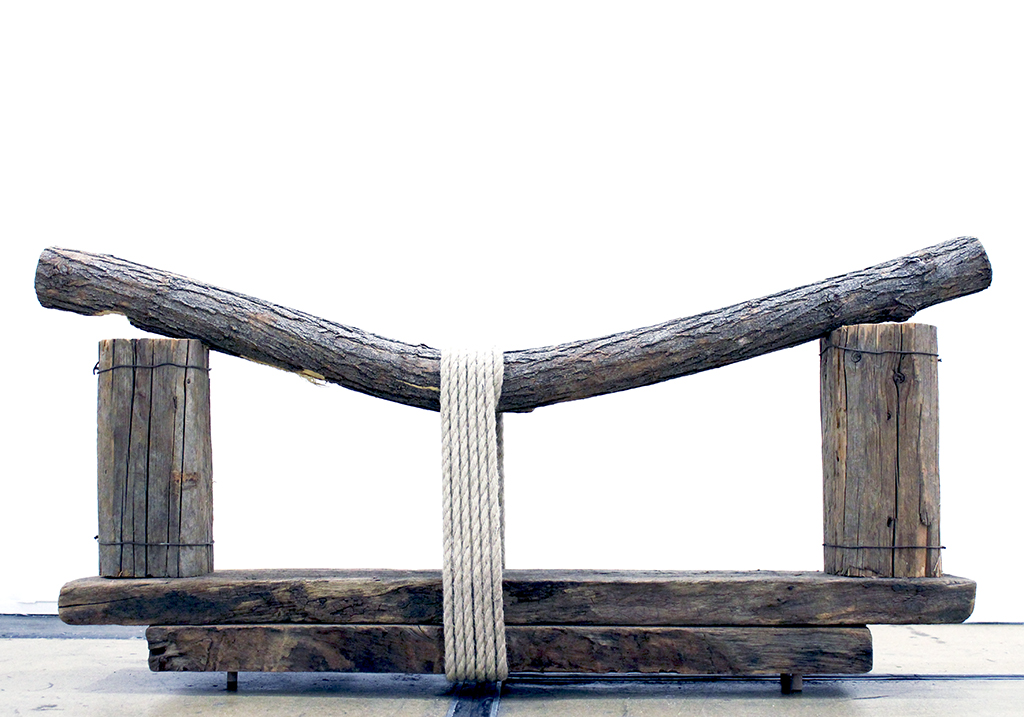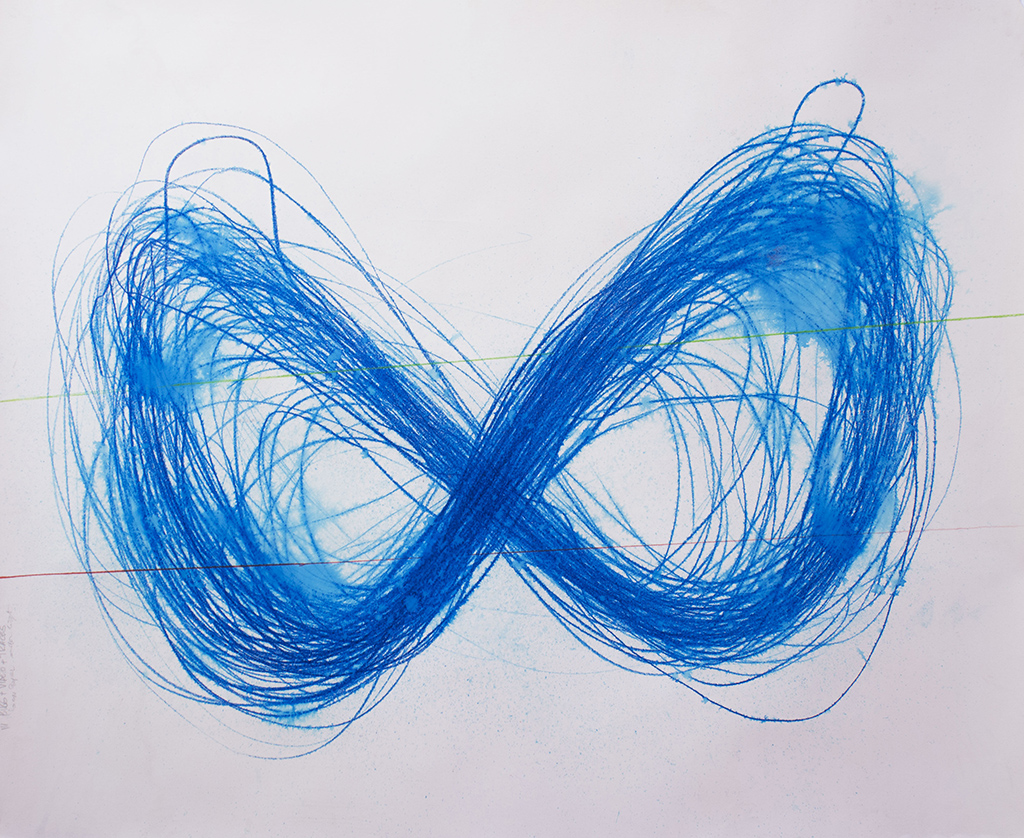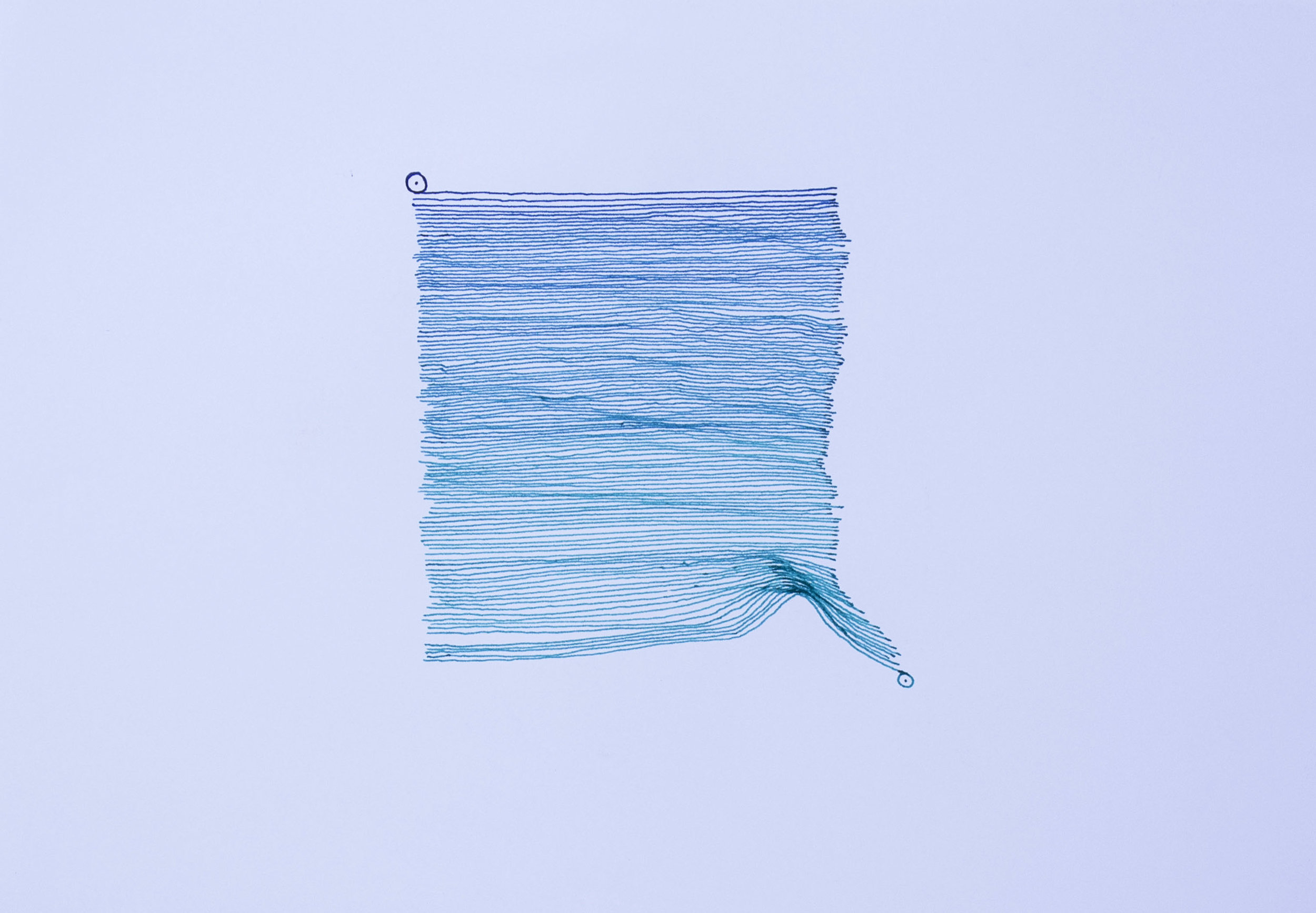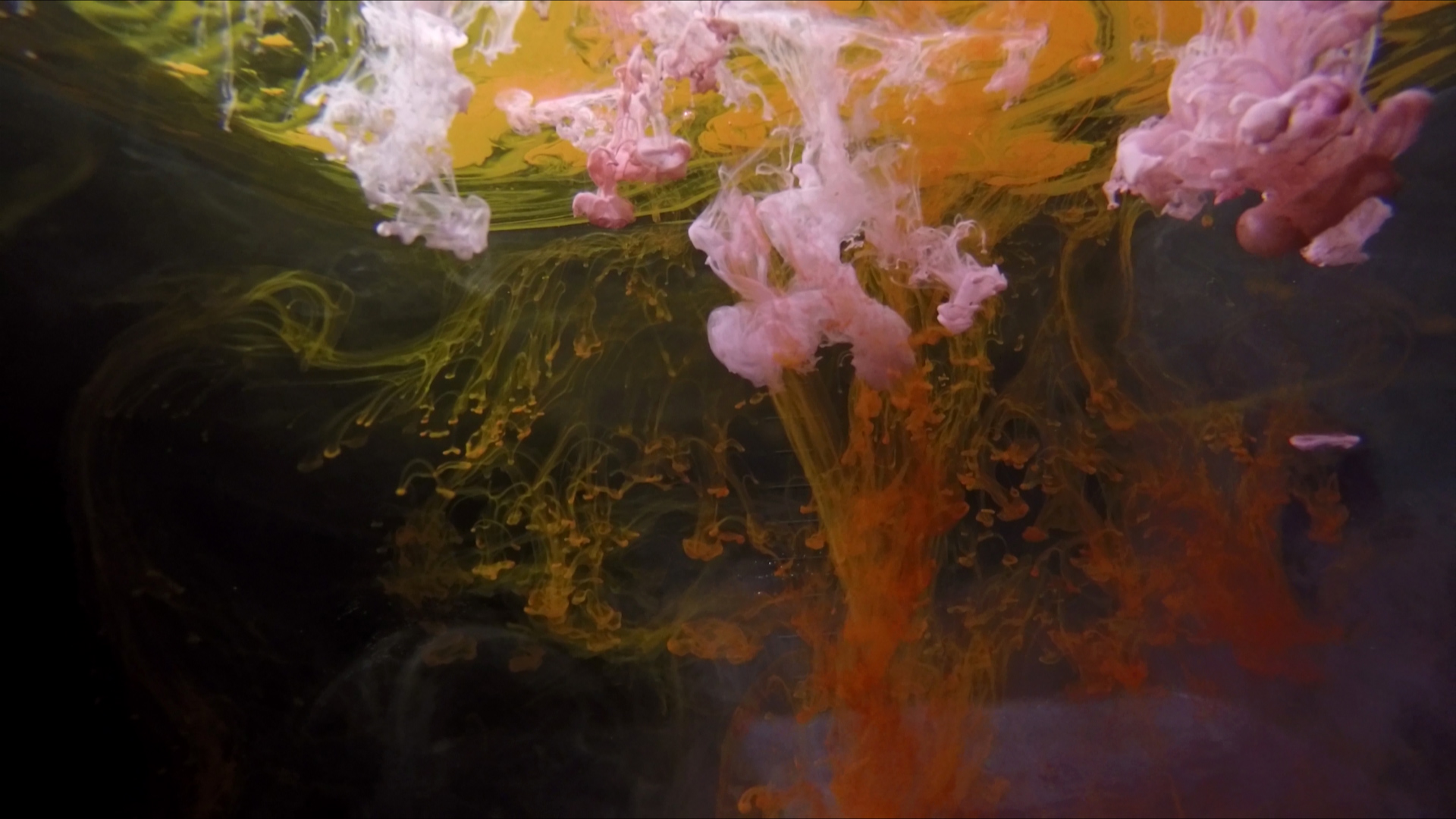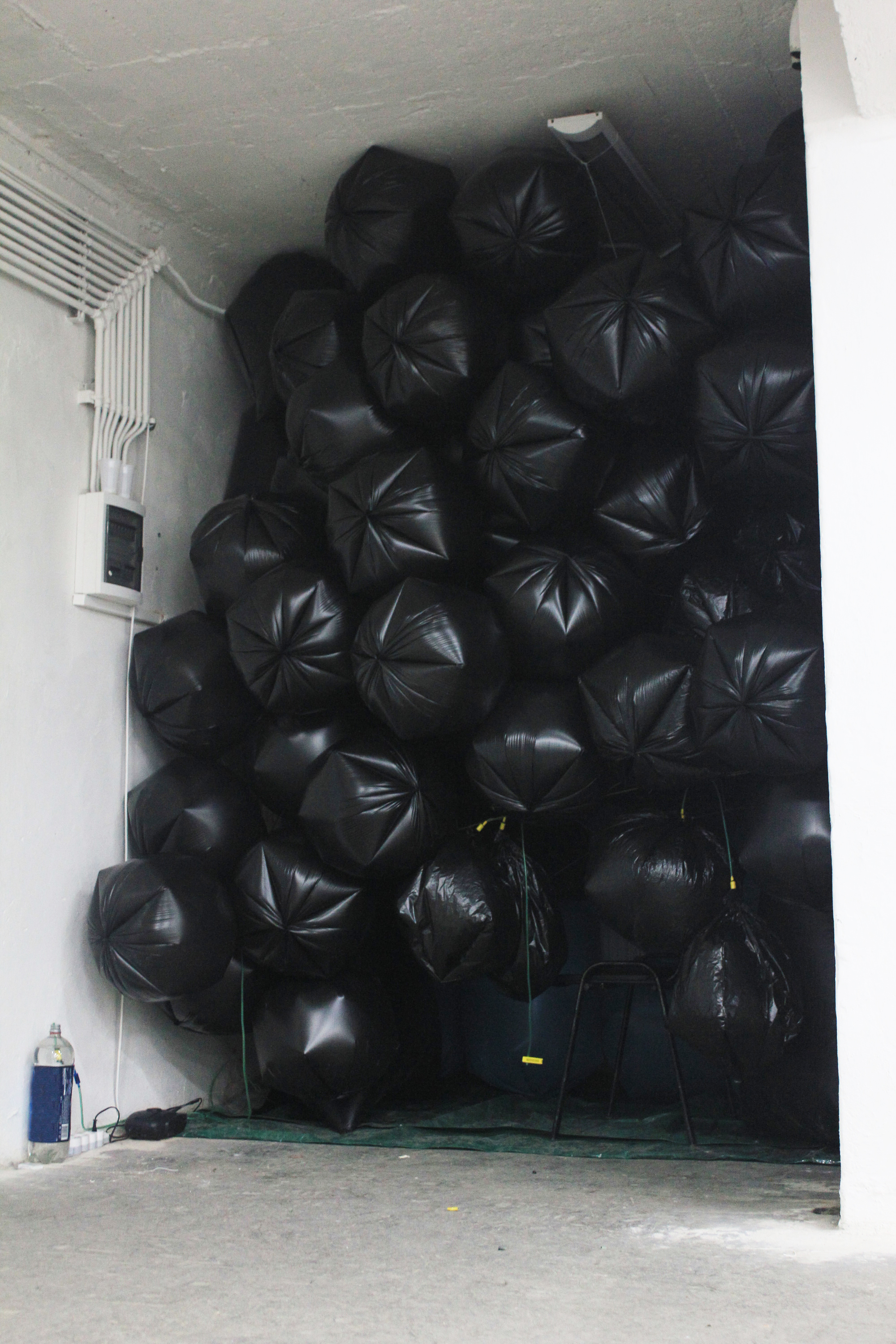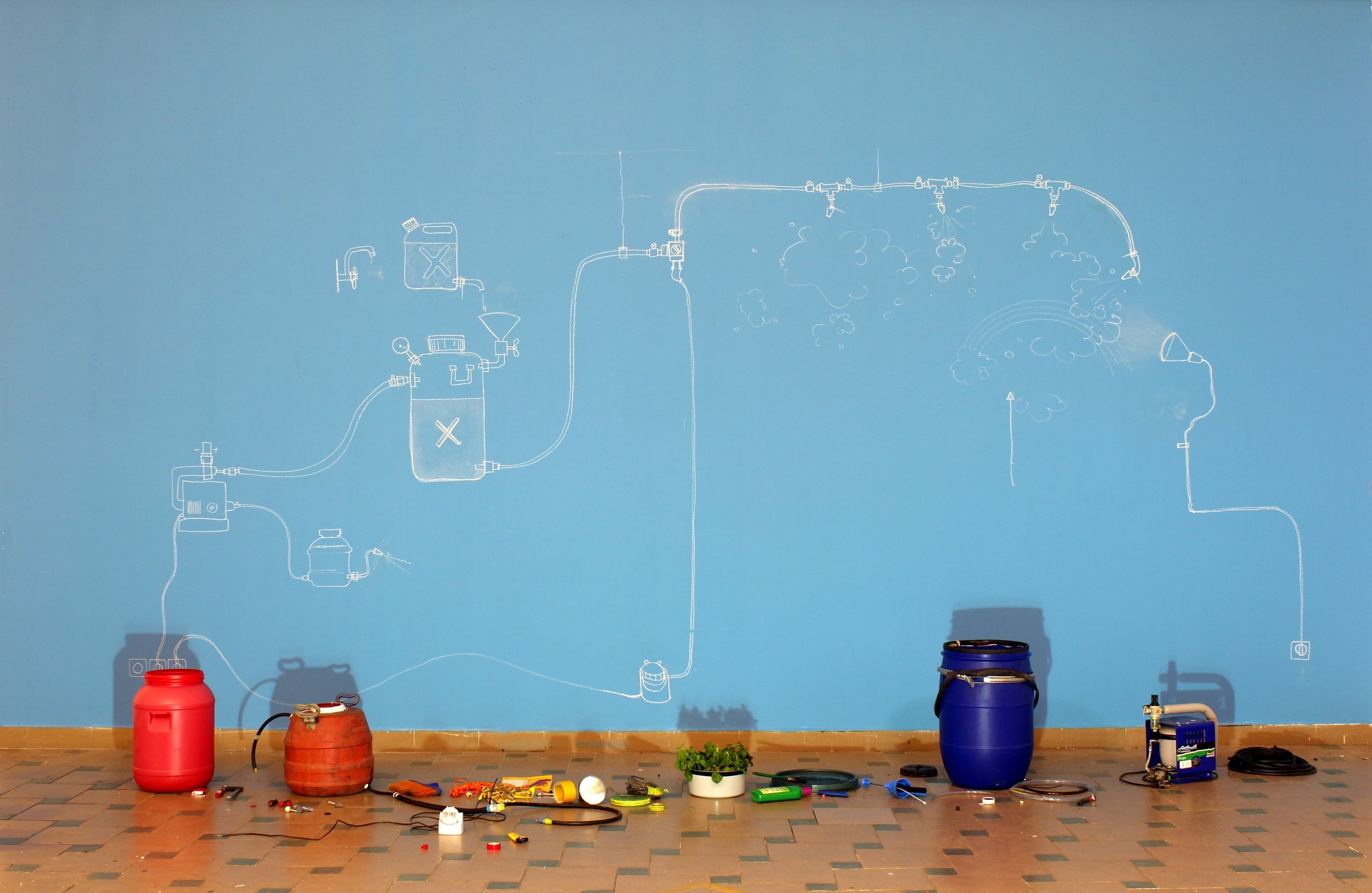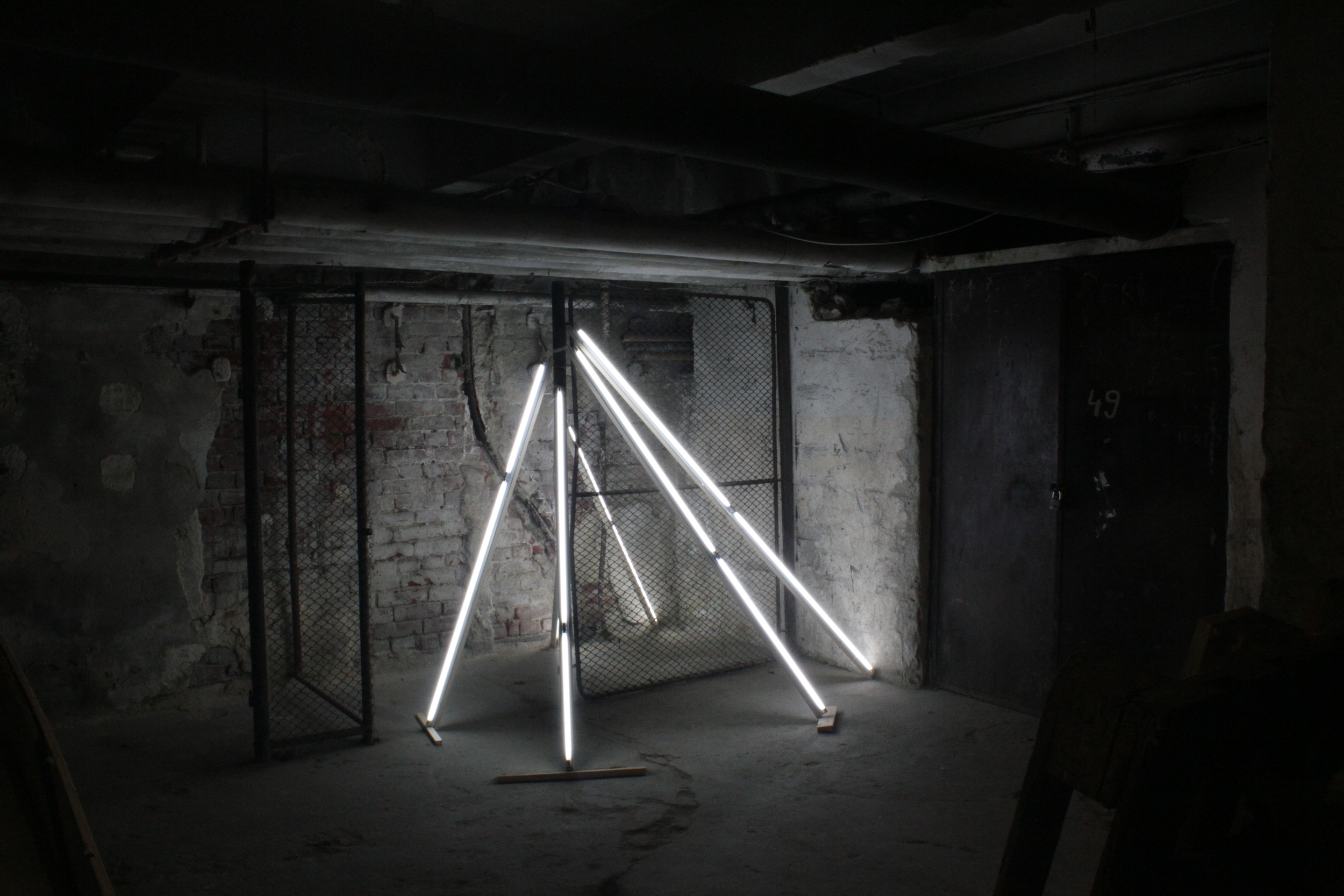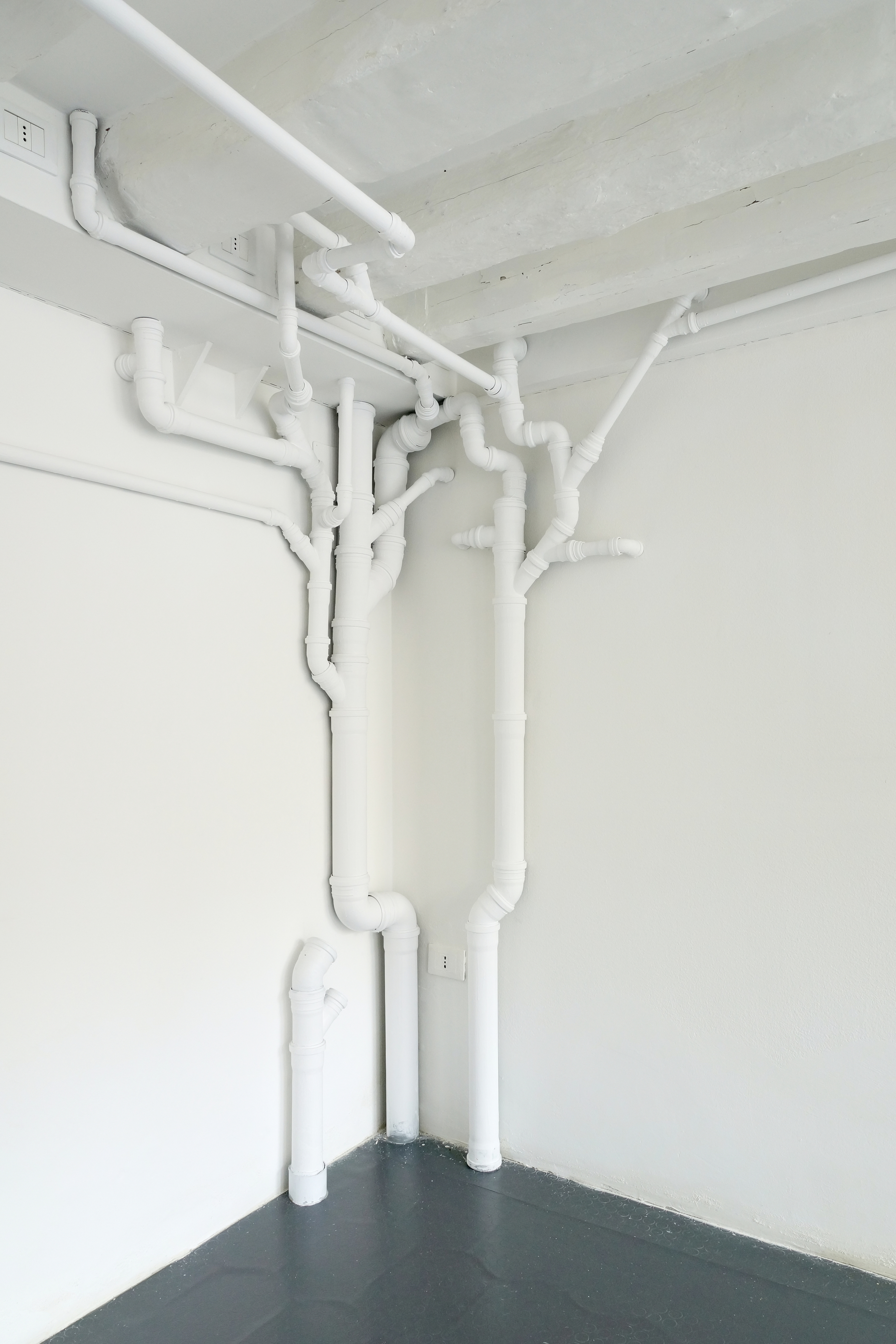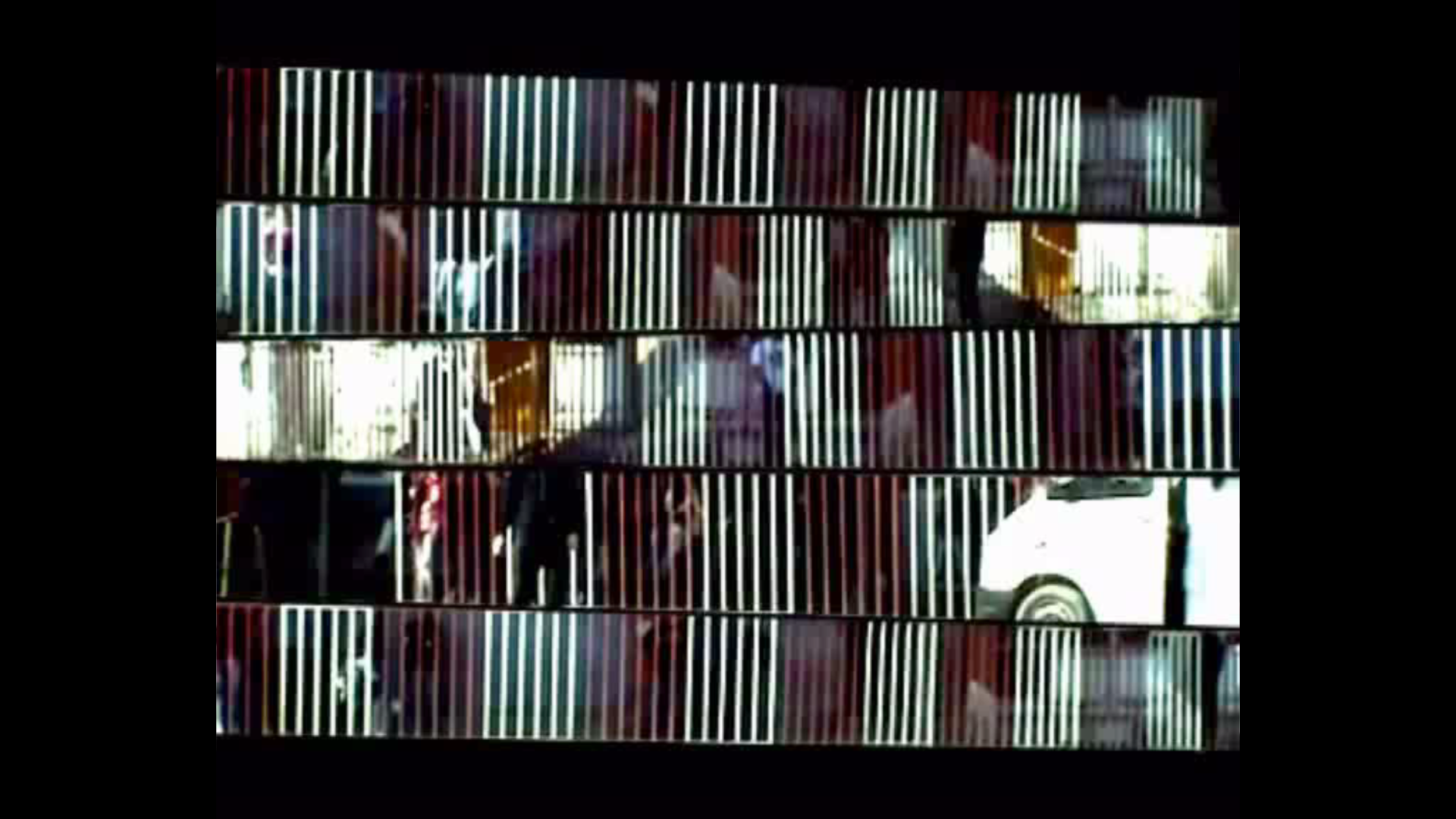SEBASTIAN MOLDOVAN
"I grew up knowing the extremely simple rural life and having genuine appreciation for all that it means, and genuine curiosity about everything else. I have never had a singular interest but always a combination of interests - and observed and used the relations between the different aspects of those interests. I felt the drive to bring forth that what is not, to name things that do not yet exist, not hesitating to dissect myself in search of the self-standing truth. I appreciate logic and intuition as an infallible set of tools. My artistic existence is material, and at many times purely contextual, therefore my practice is allowed to change in dramatic ways.
As artistic media, I mainly use video and site-specific installation due to their transient character, and capacity to adapt to a given environment. I had started to work with the idea of plant life in 2007, while being in a residency at Casino de Luxembourg; the residency's main focus was drawing, and I had to populate a wall inside the exhibition space with a large-scale drawing. The pressure of realizing such a strong drawing was too much for me, as I had been accustomed to working on paper with fine lines. The context determined me to draw a beanstalk, resembling the one in the story about Jack and the Beanstalk that extended over the wall. Ever since that moment, I had been growing bean seeds in my own studio, and planted them in exhibition spaces, or in the garden of the places I had resided in the past years. The interest in beans transformed in an interest towards the representativity of gardens as tools for interaction, memory, and direct experience. My small gardens would often interrupt the monotony of an institution or would determine the reconstruction of a certain space. In the same time, the beanstalks transformed themselves into sticks - walking sticks than could sustain a person, as well as a situation. The walking sticks became assets in the exhibitions I was invited in, waiting for their owner. The walking sticks had transformed themselves in props that individually exist in the basements of the spaces where I exhibited, discussing the possibilities present in each plagued area. From a purely artistic perspective, the prop represented art at the edge (of art itself or of myself). It was also an aspect of decentralization, referring to that part of the art scene that this work supported: flanks, neighborhoods, the initiatives of young minds.”
Download Sebastian Moldovan's CV
"Am cunoscut de mic viaţa rurală extrem de simplă şi am dezvoltat o apreciere genuină pentru lucrurile care au o semnificaţie şi o curiozitate reală pentru tot restul. Nu am avut niciodată o singură pasiune, dar întotdeauna interese diverse. Am observat şi am folosit în cercetarea mea raporturile şi diferitele aspecte ale acestor pasiuni. Am simţit nevoia să aduc la suprafaţa ceea ce nu este vizibil şi perceptibil, să numesc lucruri care nu există încă. Nu am ezitat să mă autochestionez permanent în căutarea unui adevăr. Cred că logica şi intuiţia sunt un set de unelte infailibile. Existenţa mea artistică este materială şi de multe ori pur contextuală, prin urmare direcţia lucrărilor mele se poate schimba de multe ori adesea în mod radical.
Mă exprim mai ales prin video şi prin instalaţii site-specific, datorită caracterului lor trecător şi a capacităţii de a se adapta unui mediu. În 2007 am început să lucrez cu plante, în timp ce eram într-o rezidenţă la Casino de Luxembourg. Obiectivul principal al rezidenţei era desenul şi a trebuit să umplu un perete întreg în interiorul spaţiului expoziţional cu un desen la scară mare. Presiunea de a realiza un desen atât de puternic a fost prea mare pentru mine, pentru că eram obişnuit cu lucrul pe hârtie, cu liniile fine. Contextul m-a determinat să desenez un vrej de fasole, asemănător cu cel din povestea Jack şi vrejul de fasole. Desenul se întindea pe întreg peretele. De atunci am cultivat seminţe de fasole, pe care le-am plantat în atelier, în spaţii expoziţionale, sau în grădinile locurilor în care am locuit în ultimii ani. Interesul legat de boabele de fasole s-a transformat într-o preocupare legată de reprezentarea grădinilor ca un spaţiu al interacţiunii, memoriei şi experienţelor directe. Micile mele grădini urmau să întrerupă monotonia unei instituţii sau să determine reconfigurarea unui spaţiu. În acelaşi timp, vrejurile de fasole s-au transformat în beţe, chiar bastoane care puteau susţine un om sau o situaţie. Bastoanele au devenit araci prezenţi în expoziţiile unde eram invitat, aşteptandu-şi potenţialul proprietar. Bastoanele se transformaseră în araci care existau în mod autonom în pivniţele spaţiilor unde am expus, discutând posibilităţile prezente în fiecare zonă populată. Dintr-o perspectivă pur artistică, aracul reprezenta arta la limita artei sau a artistului. A fost de asemenea şi o initiativă de descentralizare, referindu-se la o parte a scenei de artă la care această lucrare se referea: zona marginală, cartierele, iniţiativele minţilor tinere."

